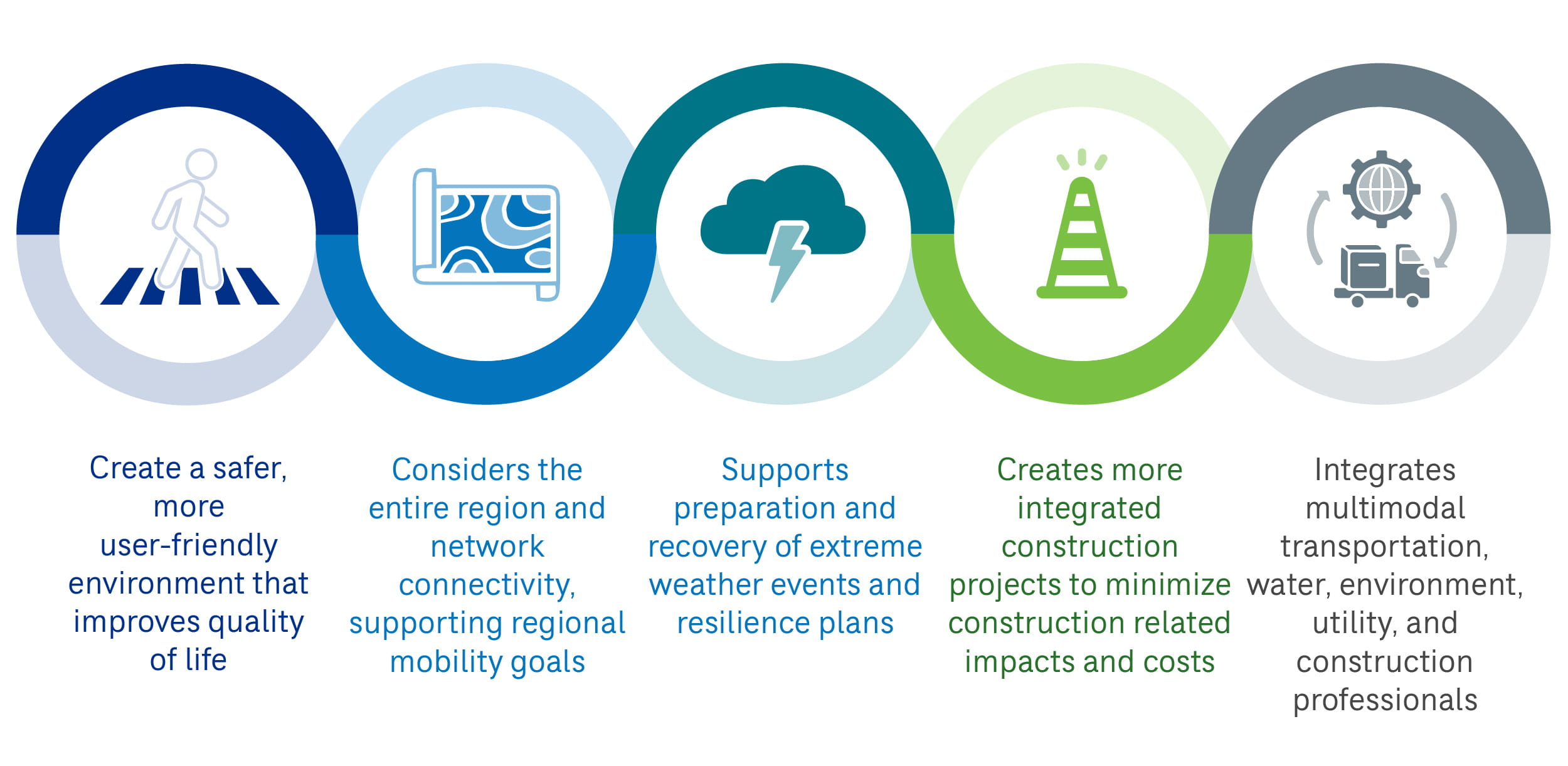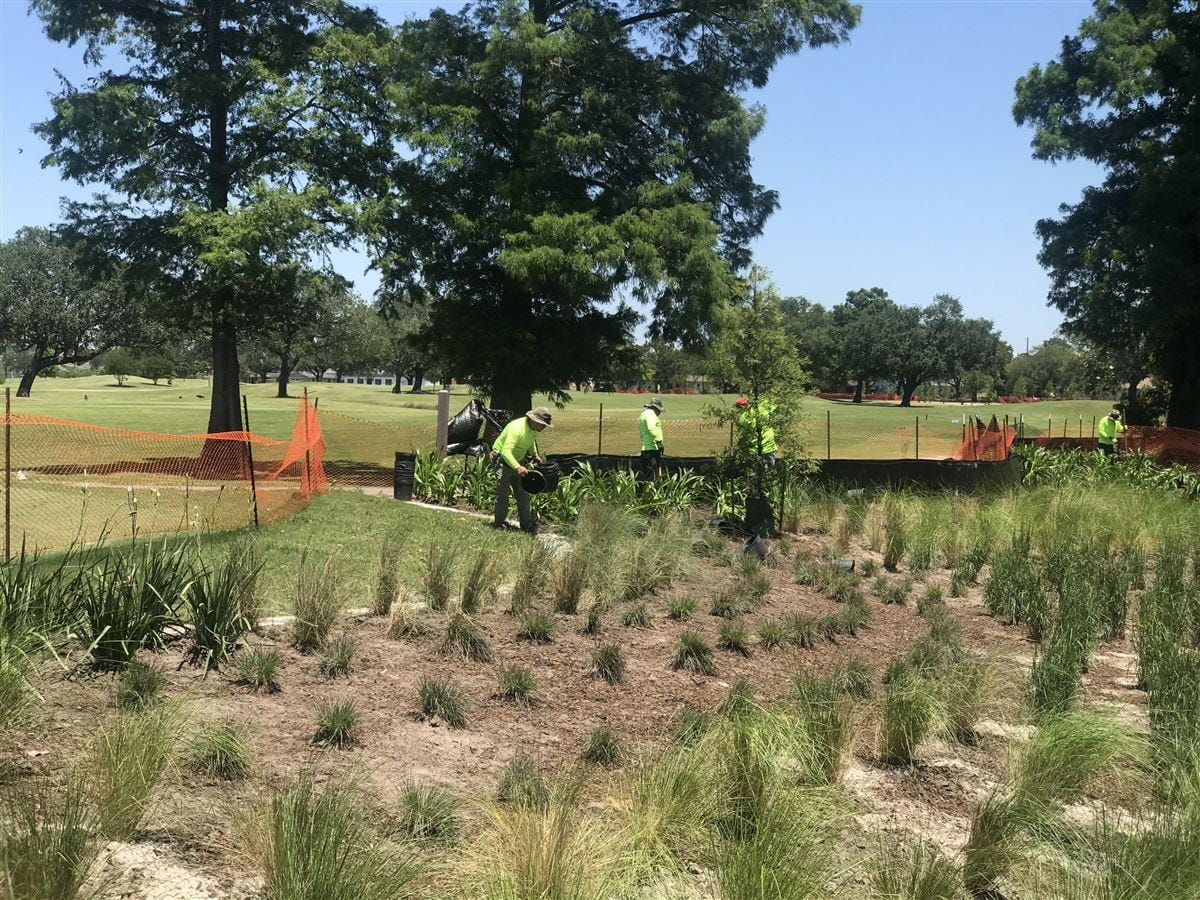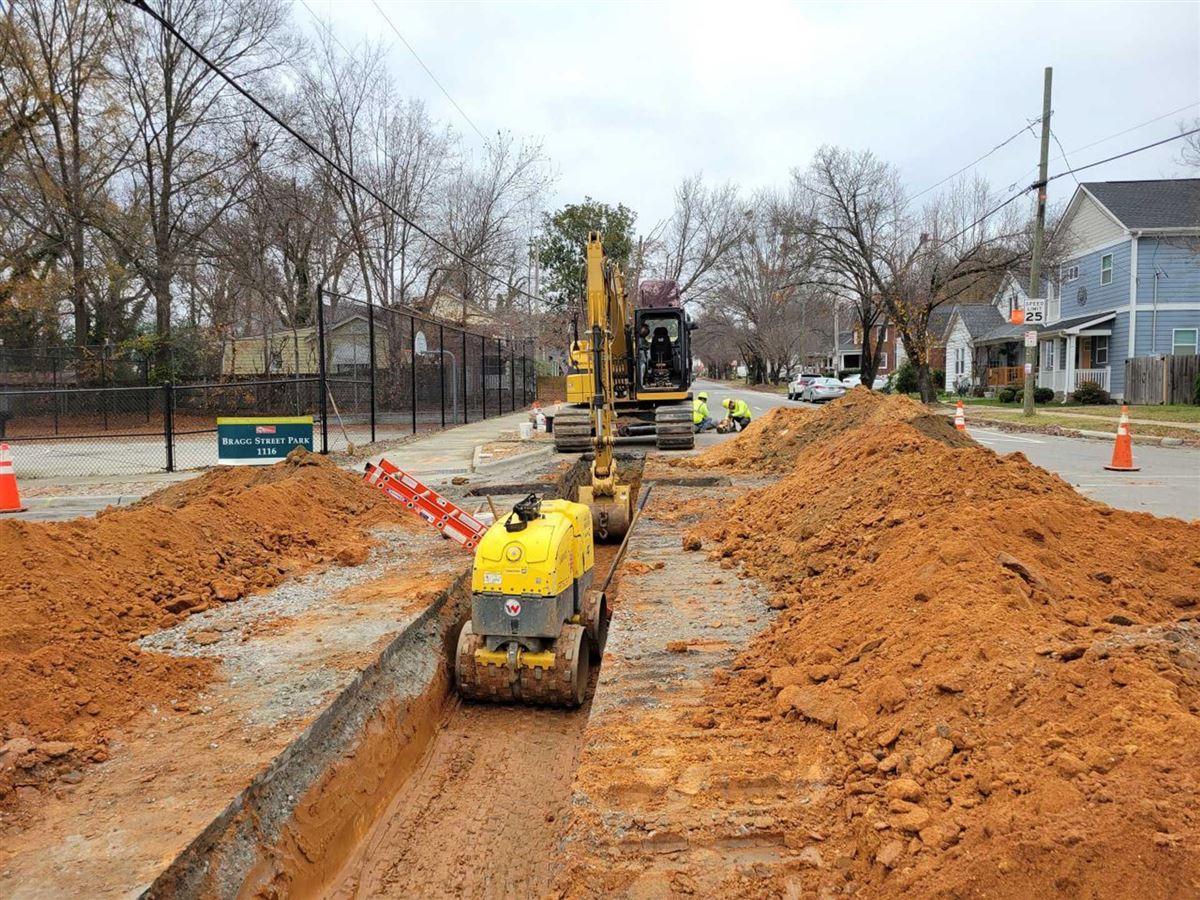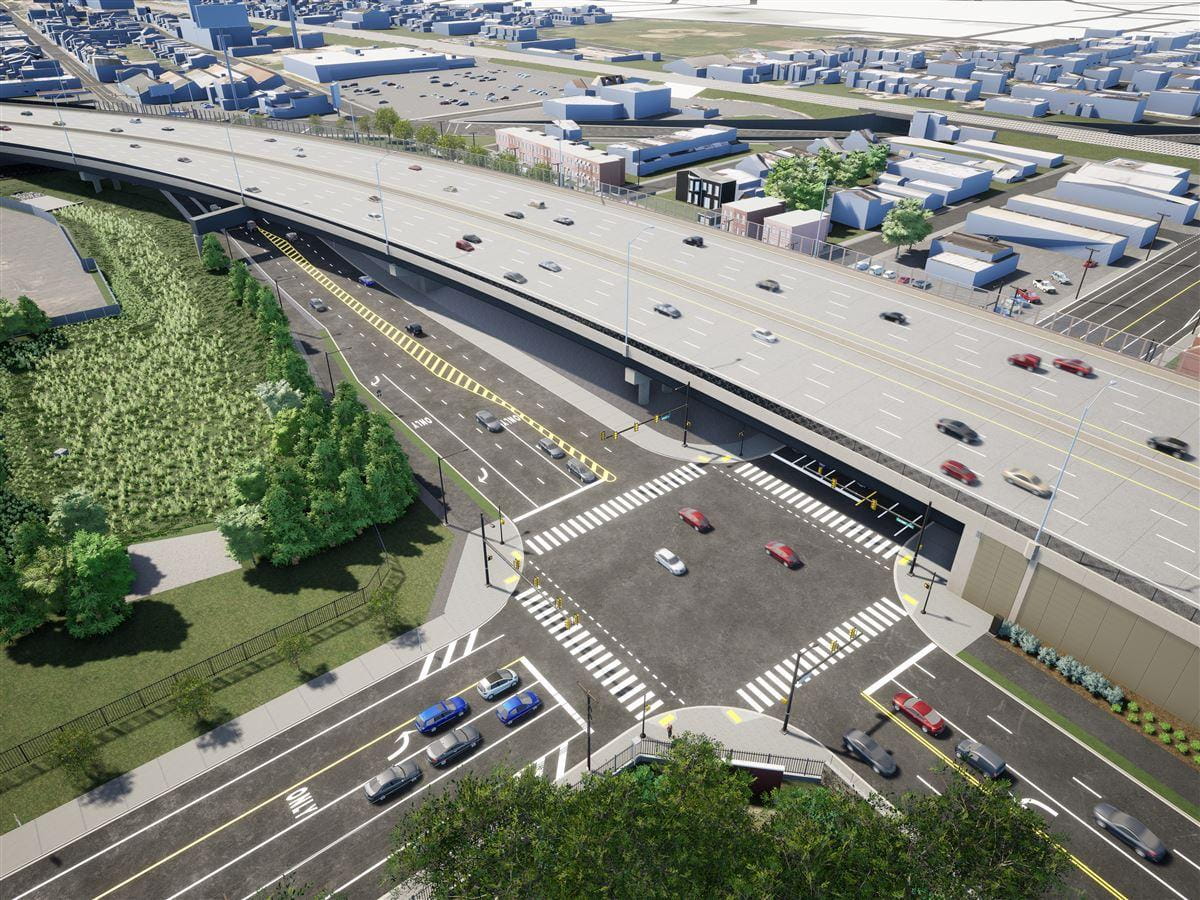6 Cities Revolutionizing Landscapes with Integrated Corridors
Transportation corridors are essential pathways that play a key role in building sustainable, connected communities. At their core, they represent the intersection of infrastructure systems—transit, energy, water, and stormwater—creating opportunities for coordinated improvements that maximize each system's potential. Many cities are now reimagining infrastructure through integrated long-range corridor planning to modernize aging utilities and deliver multimodal mobility solutions.
The complete corridors approach is a powerful way to achieve these goals. By fostering collaboration among stakeholders and tackling key challenges, corridors pave the way for equitable, efficient, and sustainable development.

Real Solutions
Let's explore six groundbreaking communities who redefine city scapes with sustainable and smart solutions.
Top-notch safety standards in Alameda, CA
After facing complex transportation challenges, the city of Alameda, California, is transforming its high-traffic corridors into safer, more accessible routes through a $16 million safety improvement plan. By implementing road diets, dedicated bike and bus lanes and ADA-compliant upgrades, Alameda now aims to reduce mobility-based accidents and improve accessibility for drivers, cyclists, pedestrians, and transit users.
This next-generation network of integrated corridors "enhances multimodal travel, setting a benchmark for urban mobility advancements that prioritize safety and inclusivity in shared spaces," says project manager Stefan Schuster.
learn more
As urban cities embrace this vision of integrated corridors, they are adopting methods that balance growth with environmental and social priorities. By aligning infrastructure improvements with community needs and sustainable practices, integrated corridors are shaping how cities connect people, spaces, and systems, redefining inclusive and adaptable urban development.






